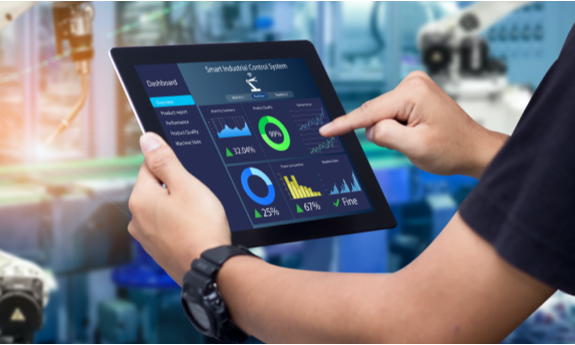Gas adsorption techniques permit pore radius measurements from approximately four Angstroms to five hundred Angstroms employing both classical mesopore and newer micropore methods.
Surface area and porosity are two important physical properties that determine the quality and utility of many materials. Differences in the surface area and porosity within the material, which otherwise may have the same physical dimensions, can greatly influence their performance characteristics. Determination of these parameters are essential for applications such as pharmaceuticals, ceramics, carbons, catalysts, paint & coatings, propellants, electronics, cosmetics and aerospace materials.
A volumetric technique is applied which adapts the required rate at which gas is supplied for equilibration. This method of dosing and accounting for the volume of gas utilized enables the acquisition of highly accurate, highly reproducible results in the minimum time. Nitrogen or Krypton is typically applied as the adsorptive gas.
Pore Size by Gas Adsorption
- Total pore volume
- BJH adsorption and desorption (2 nm to 300 nm
Mesopore and Macropore
- Volume and area distributions by pore size
B.E.T. or Langmuir Surface Area
- Single-point surface area using Nitrogen gas
- Multi point surface area using Nitrogen gas
- Single-point surface area using Krypton gas
- Multi point surface area using Krypton gas






